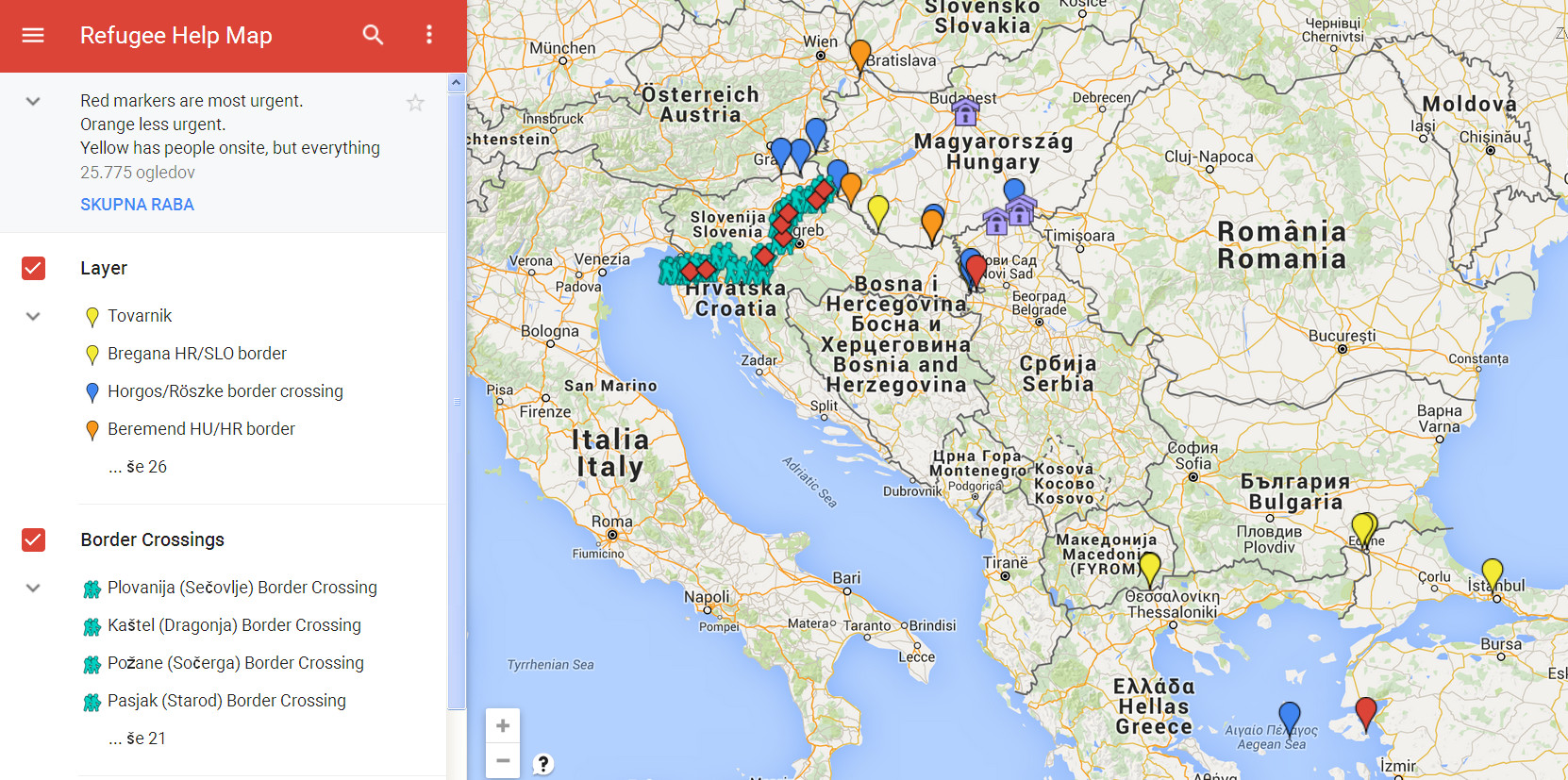i i
Ministry of Heritage and Culture and Tourism via Facebook
When it comes to Italy’s enormous art heritage, officials are often faced with an unbearable choice: Which pieces should be saved when the government can’t afford to save them all? Now, thanks to an online vote, it’s up to Italian citizens to answer that tough question. In the end, some art will get a new lease on life, but many works that epitomize Western civilization remain seriously in danger.
On a recent night inside the National Museum of Rome, musicians and conceptual artists performed a piece of avant-garde theater as sculptures of Apollo and Dionysus looked on.
i i
hide captionPietro Perugino’s painting of a Madonna and Child — shown above in the context of its L’Arte Auita L’Arte campaign page on Facebook — won the popular vote.
Ministry of Heritage and Culture and Tourism via Facebook
Pietro Perugino’s painting of a Madonna and Child — shown above in the context of its L’Arte Auita L’Arte campaign page on Facebook — won the popular vote.
Ministry of Heritage and Culture and Tourism via Facebook
The after-hours event is one of dozens taking place at state museums and monuments nationwide in a program called L’Arte Aiuta l’Arte, or “Art Helping Art.” The idea is to raise awareness — and money — for those artistic treasures that need restoration, something the culture ministry says has become a Sisyphean task amid the euro crisis.
“Italy needs help restoring its art and monuments,” says Anna Maria Buzzi, whose job is to protect and promote Italy’s artistic heritage. “Ticket sales alone are not enough to completely fund their upkeep. We don’t even have a full understanding of how much art exists in the country. We have to start somewhere, so we came up with ‘Art Helping Art.’ ”
Here’s how it works: The government selected eight pieces of art from across Italy deemed to be in need of repair, ranging from an ancient Roman marble horse to a painting by Renaissance master Pietro Perugino. Then, it posted pictures of them on Facebook, and asked people to vote for the work they felt was most deserving of a fix-up. The work that draws the most clicks wins the money raised at these late-night events.
“The strength of a democratic institution is listening to its citizens,” says Buzzi. “Giving people the right to choose makes them more invested in their own heritage. It makes them care more. If you give the people more responsibility, they’re more likely to take an interest in their own culture.
Rome archaeologist Gabriele Cifani describes the program as “extremely demagogic.”
Just outside the Colosseum, which is currently being restored by a private investor, Cifani points out what he calls one of Italy’s many “scandals.” As we enter the ruins of Domus Aurea — the once opulent “Golden House” built by Emperor Nero in the first century — he tells me to keep an eye on my recording equipment. Broken wine bottles litter the ground in what’s become an unauthorized camp for scores of the city’s homeless.
“We are inside an [illegal] shelter,” says Cifani. “We are inside an area for homeless. It’s completely abandoned. You can’t bring people here because it’s a dangerous area, above all when it’s dark.”
Critics point out that countries like France and Germany spend billions more than Italy maintaining their cultural heritage. Out of the entire European Union, only Greece devotes a smaller percentage of its national budget to the arts.
“Italy is committing cultural suicide,” says Luca Carra, who works for Italia Nostra, Italy’s oldest nongovernment historic preservation group. “… Every time it rains, for instance, some roof or walls or some part of these monuments fall down, fall apart. So this is really, I think it’s sort of a national emergency. It’s a cultural emergency, but I think it’s more than a cultural emergency.”
Even Pompeii — the country’s prize pony of archaeology — suffers routine collapses, as do countless other lesser-known sites. But the government is optimistic. The late-night fundraisers have been a big hit. And so was the online vote, which closed at the end of the year. The winner is Perugino’s painting of a Madonna and child. As for the seven other objects, the government says it will fix them soon. But Italy’s revolving door of politicians have made similar promises in the past. And there are no firm plans to take another roster of candidates for restoration to Italian voters.





